I've always appreciated the LM317 linear power supply regulator for being a sturdy workhorse. In particular, it's easy to build a simple regulator circuit which "just works" using an handful of external parts: a couple of resistors and caps, maybe a couple of cheap diodes for protection, and you are done with it. I've used it also as a basic building block for lab experiments with my students at school (I'm an high school teacher). It is really difficult to kill one of those IC, even in the hands of the most careless student.
Since I'd like to enhance my lab experiments with some switched mode power supply circuits, I wondered whether there exists a switching regulator IC "comparable" with the LM317 among the metric ton of regulators out there. In particular, my question is whether there is a regulator which has, more or less, the following characteristics:
- cheap (like the LM317 - ideally less than about 1 EUR retail);
- through-hole package: it must be suitable for breadboarding;
- sturdy: it should survive being handled carelessly by students without particular anti-ESD contermeasures during circuit construction and should resist a fair amount of abuse when operated (so it should have short-circuit protections, overtemp protection, etc.);
- buck, boost and, hopefully, buck/boost mode capable (actually I don't care about the internal topology, as long as the IC can be used both to increase and decrease the input voltage);
- reasonably wide input voltage range (~1V-20V); it would be nice if it could be used in boost mode using a single AA cell as input;
- easily adjustable output voltage;
- 1-2A max continuous load current, so that it could be also used for lower currents (say up to 200-300mA) without heat sinking;
- reasonable efficiency (>60%) even when used in non optimized designs;
- few external additional components needed; in particular it should already contain the switching transistor and, if possible, any switching diode (ideally it should contain any component which can reasonably be integrated, leaving only inductors, big caps and settings resistors outside);
- non-critical typical application circuits: it should be easy to select external parts and achieve stability;
- external parts should not be critical, especially the inductor (or transformer): I'd like to be able to wind it up myself around a, say, 3C90 large (~30mm) ferrite toroid with (not too many turns of) enameled wire without much hassle (a beginner student should be able to do it without too much trouble);
- datasheet with clear instructions/formulas on how to select external parts values to achieve desired specs;
Any hint, suggestion and pointer is appreciated!
EDIT
It turns out the suggestion from Dwayne Reid about the LM2576 family of ICs was spot-on. I happened to come across an inexpensive batch of LM2595 (from ONsemi) and tried it. Almost painless! I bread-boarded a prototype not even selecting a proper inductor: I just wound a dozen of turns on a ferrite toroid I had lying around until I got about the inductance required by the application examples. And I threw in the first electrolytic caps I had at hand (just a bit oversized, to keep ESR down). It worked without problems. Just a bit of oscillations in some load conditions. Once put on a veroboard with proper star-ground and no wires flapping around in the breeze even the oscillations went away.
I meddled with that IC again and also designed a tracking preregulator for an LM317 regulator. Nothing fancy, but just to test the part (and my skills). No problem whatsoever!
Most of my requirements were met. The only downside is it cannot act as a boost converter.
